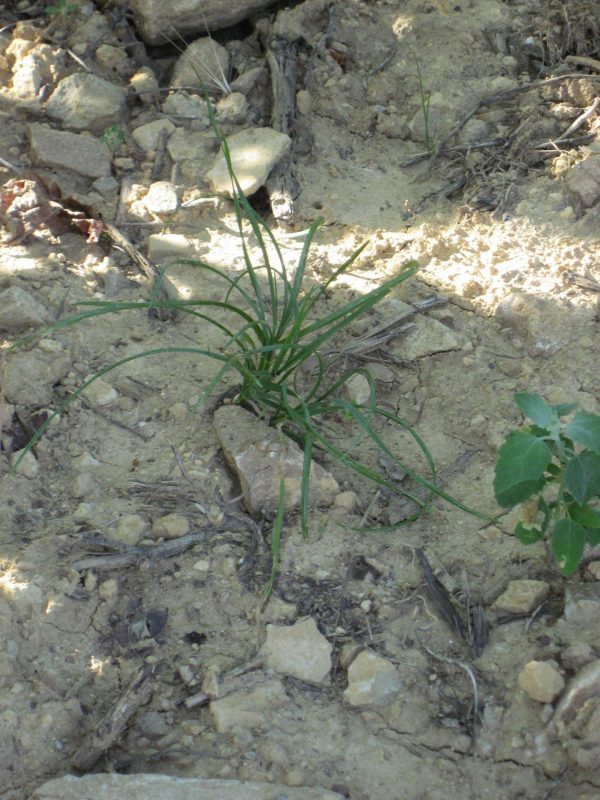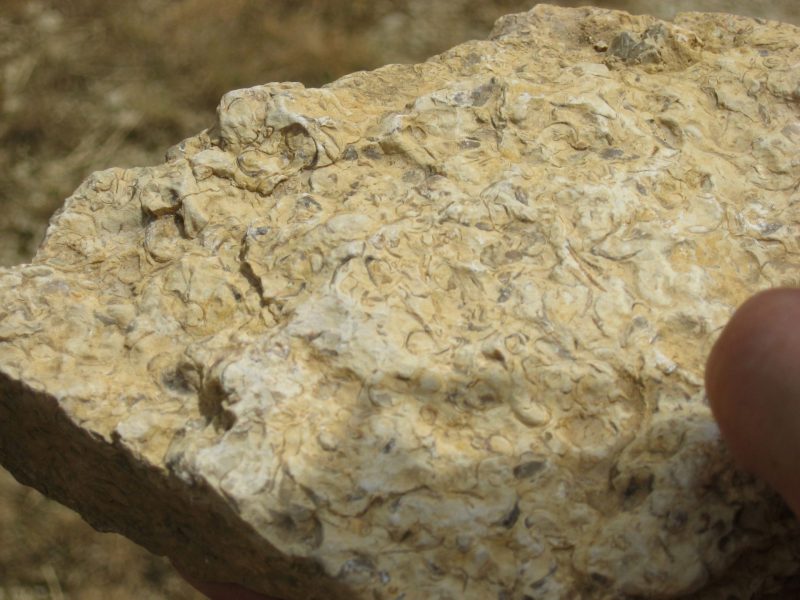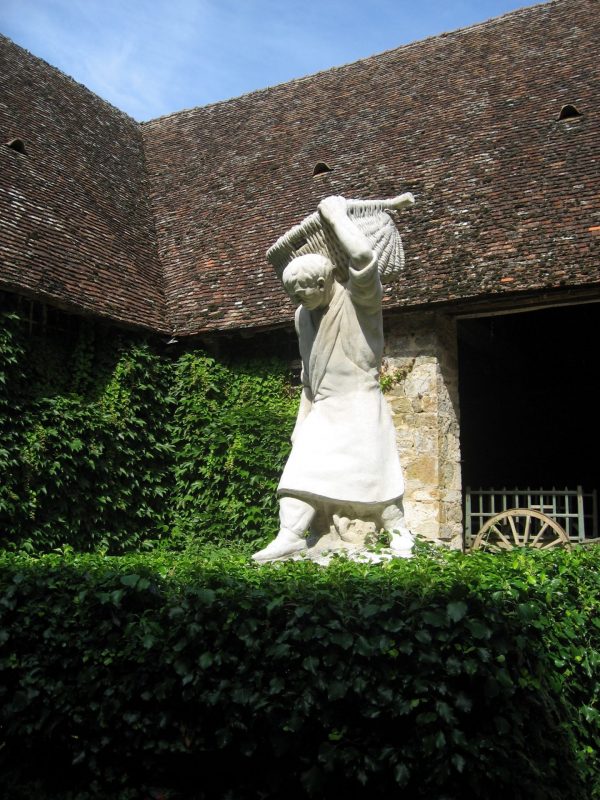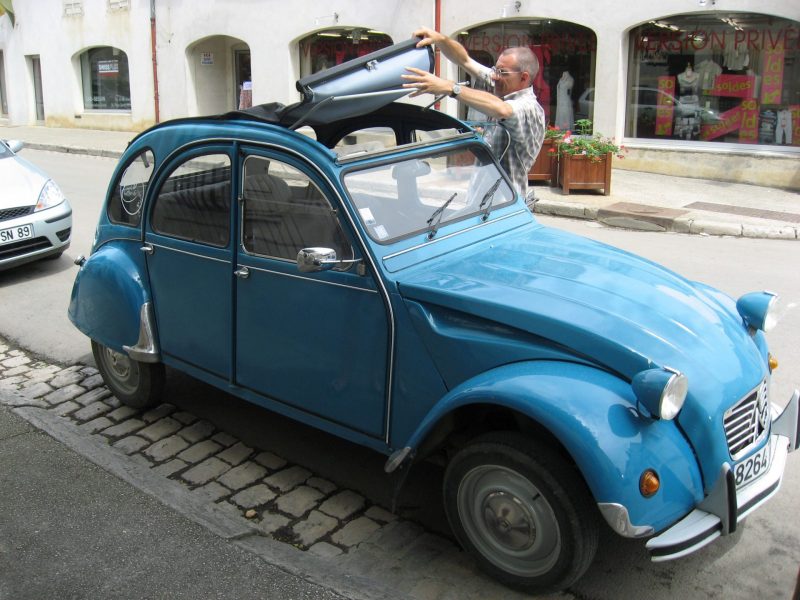This article originally appeared in the Spring-Summer 2023 print issue of Quench Magazine.
Burgundy has seen dramatic changes over its centuries of winemaking history.
Over 1,000 years ago, Burgundy-based monks started to meticulously catalogue vineyards. In the 14th century, Philip the Bold, a Duke of Burgundy, banned the Gamay grape in the Côte d’Or. The French Revolution and Napoleon forever changed land ownership. Then, of course, the changes in the 19th and 20th centuries wrought by phylloxera, economic depressions, and two world wars had enormous impact on the region. The introduction of the appellation systems and classification of vineyards in the 1930s and 1940s transformed the region once again.
So, given that perspective, perhaps the changes that occurred in Burgundy over the last 50 years are not so monumental after all. Still, they are profound and have revolutionized the way the wines are marketed and explain their meteoric rise in price. Most importantly, these changes have enhanced the quality of the wines across appellations. The last 50 years has brought about Burgundy’s golden age. The wines have never been better. Nor more expensive.
SOIL
Bernard Retornaz, longtime President of Louis Latour Inc., the US export arm of Maison Louis Latour, a Beaune-based négociant that dates from 1797, has a good perspective on how the region has changed over the last several decades. The impact of the younger generation of winemakers returning to take over family domaines and who “have more respect for the soil” has been enormous.
Véronique Drouhin, who has owned with her family the venerable Beaune-based eponymous négociant since 1880, emphasizes that more and more estates, such as theirs, are using horses to plow, and have adopted organic and biodynamic practices. They both believe this focus on the land has contributed vastly to the overall quality of the wine.
Jeanne-Marie de Champs, one of the region’s top brokers who has been involved with the trade since 1980, agrees. She also remarks about the increased use of horses in the vineyards since she started in the trade. Horses compact the soil less than tractors, allowing the growth of insects and microbes in the soil, which is beneficial to the vines. She notes that there aren’t any treatments that are more “automatic” to prevent disease.
Additionally, both de Champs and Drouhin point out that more women are working in the vineyards, cellars, and running domaines than ever before. (Maison Drouhin was one of the first to hire a female head winemaker, Laurence Jobard).
My observations over the decades of visiting Burgundy support their views about the land. When I started traveling there 40 years ago, the soil between the vines was invariably brown because of the widespread practice of using herbicides to kill weeds and grass. Now, the soil between the vines is green with cover crops of grass and flowers, which growers tell me are good for both the soil and the vines. Indeed, Volnay growers recently asked the authorities to ban herbicides from its Premier Cru vineyards. More decrees like this one are sure to follow from other appellations.
YIELD
An offshoot of the focus on the soil has been the realization that limiting yield is an essential component of making fi ne wine. Retornaz recounts how the late Louis-Fabrice Latour, the 11th generation head of the eponymous fi rm, recalled that the practice in the 1970s was to let the vines produce as much as possible. Now, young vignerons realize that lower yields lead to better wines, which can command higher prices.
The current practice among many négociants today is to pay growers to limit yields. Retornaz remarks how difficult it was to convince growers, farmers really, whose DNA tells them to produce as much as possible, to grow less of something. Slowly, over the decades, growers have accepted the new paradigm of limiting yield. Retornaz believes that limiting yield is one explanation for why the wines produced in difficult years, such as 2021 when frost and disease naturally limited yield, can be so good.
Although limiting yield starts in the vineyard, it continues all the way to the winery in the form of a sorting table. It, along with temperature control of fermentation, has been one of most important advances in winemaking over the past half century. On the sorting table, workers discard diseased bunches or parts of bunches, further decreasing yield, but increasing the quality and purity of the wine.
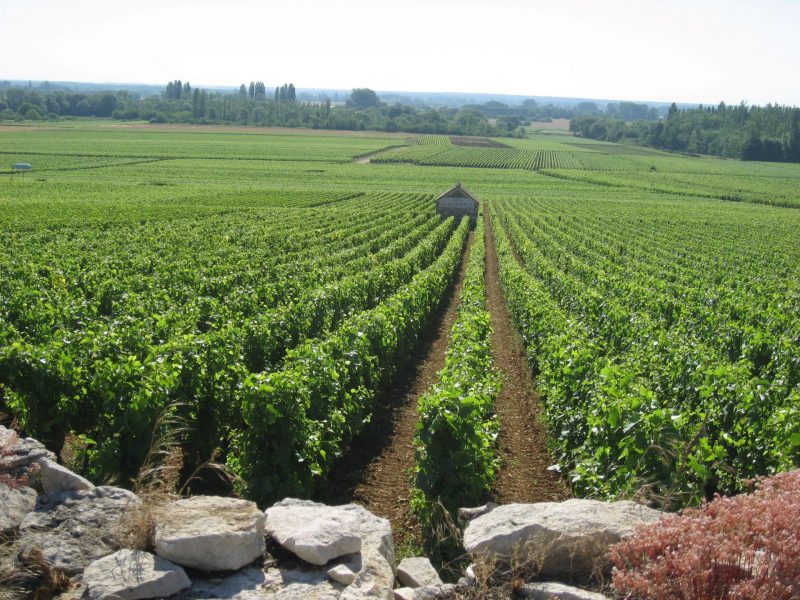
Of course, a young generation of winemakers returning to assume control, or at least assist in running the family estate, has, collectively, made an enormous difference. Drouhin emphasizes that her generation has traveled extensively, done internships abroad, and seen how things are done in California, Oregon, and Australia. Often collaborating among themselves, these men and women are open to new ideas that they’ve brought back to the seemingly provincial Burgundy.
The expansion of the Burgundy export market from its traditional homes of UK, US, and to a lesser extent, Canada and Asia over the last fi ve decades has transformed the marketing of Burgundy. According to Retornaz, it also helps explain the meteoric price rise of the wines. It’s simple economics.
The supply of Burgundy is based entirely on a strictly delimited area of land as defined by French government authority, the Institut national de l’origine et de la qualité (INAO). Unlike the New World, where winegrowers can plant anywhere they want, regulations in Burgundy control what can be planted and where it can be planted. There is simply no way to expand the vineyards in any meaningful way. Combine this with the exponential growth of Asian consumers who have seen the joys of Burgundy, and bingo. Up go the prices!
Equally important has been the transformation of the traditional sale and distribution pattern of Burgundy within France. Fifty years ago, indeed for the last 150 years, the vast majority of Burgundy was sold by négociants, large fi rms that purchased newly pressed must (juice) from growers, raised it in their cellars, bottled it, and sold it. A prominent winemaker at a major Beaune-based négociant, who prefers to remain anonymous, once told me that even famous growers, such as the Domaine de la Romanée-Conti, would sell to négociants to help their cash flow. Still today, négociants can buy high-quality grapes from well-known growers for the same reason.
Over the decades, most of these négociants, who usually also owned prized vineyards because they arrived on the scene in the 18th and 19th centuries—so, were really growers as well—purchased more vineyards. Perhaps the most stunning example was the purchase by Maison Louis Jadot, one of Burgundy’s best négociants, of a major portion of the high-quality, vineyard-rich Domaine Clair-Daü in 1985. Other top-notch négociants are reconfiguring their operations. Maison Bouchard Père et Fils is jettisoning its négociant business to focus solely on making wine from its own vineyards. Maison Faiveley is doing the same. So, little by little, négociants have morphed into growers.
On the flip slide, rock-star growers, such as Domaine Méo-Camuzet in Vosne-Romanée and Domaine Pierre Morey in Meursault, have become small négociants to supplement the demand for their domaine-bottled wines. They use their connections, reputation, and ability to pay to buy grapes from growers who farm to their high standards. The consumer needs to be aware of which of these growers’ wines are domaine and which are négociant because there will be a considerable difference in price and character. Nonetheless, the négociant bottlings by these extremely meticulous growers is a good way for consumers to get an insight into their style without taking out a second mortgage. The growers themselves are very clear as to which is which, but, in my experience, retailers sometimes fail to disclose the distinction in their advertisements and it’s not apparent to the consumer until the bottle is in hand.
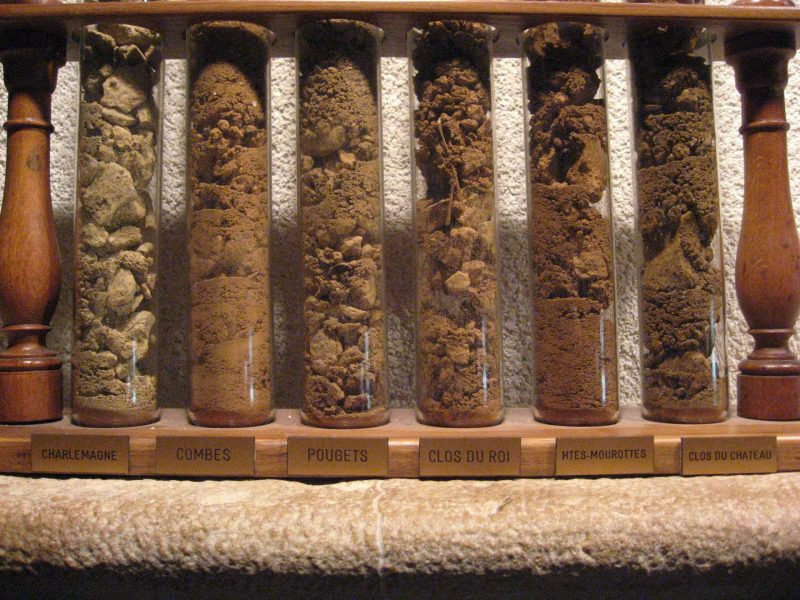
So, the word “négociant,” which in the past had—unfairly in my mind—a bad connotation, now does not. Small highly-rated producers, such as Lucien Le Moine and Benjamin Leroux, whose wines seem to disappear from the market hours after release, are really just small négociants since they own either no vineyards, in the case of Lucien Lemoine, or very few, in the case of Leroux.
THE FUTURE
My crystal ball has suddenly clouded up, so I cannot clearly see 50 years into the future. But even with a cloudy crystal ball it is clear that climate change, which is already influencing Burgundy, will continue to affect the wines. Indeed, Drouhin dates climate change to at least 1987 and believes it has become a major problem. Pinot Noir is especially sensitive to heat. It loses its aromatics, finesse, and most of all, charm, when the grapes from which it’s made get too ripe. Growers already are finding ways to combat rising temperatures by looking at higher elevations and more northerly exposures for vineyards. In the past, growers would remove leaves from the vines giving the grapes more sun exposure to help ripening. Now leaves stay in place to provide shade.
Reversing the trend toward lower yields, growers now believe that increasing yield might actually increase the elegance of the wines by slowing the grapes ripening. The theory goes that spreading the sun’s energy out over a greater number of grapes makes it harder for the vines to ripen them all as quickly.
Equally important, but perhaps even harder to fight, are the scourges of frost and hail. Abnormally warm winters lead to early springs and premature bud break. The fragile buds are suspectable to April frosts with devastating results. Two-thirds of the Chardonnay crop was lost for precisely this reason in 2021. Hail, which shreds leaves and grapes while damaging the vines as well, is more frequent during the summer because the atmosphere has been supercharged by the sun, leading to more violent thunderstorms. Drouhin notes that these weather changes lead to regularly smaller crops, which pushes prices up further.
Higher demand for Burgundy around the world has also catapulted vineyard prices. For example, prices for a hectare of Grand Cru vineyard have doubled from 2007 to 2017, from roughly seven to 14 million euros, according to Decanter, swelling the taxable value of families’ estates. Unable to pay annual taxes, families are forced to sell. Many, if not most, buyers are either well-financed producers, wealthy foreigners, or the super wealthy French.
Just five years ago, François Pinault purchased Clos de Tart, the famed Grand Cru in Morey-Saint-Denis. Then this year, Pinault, through his holding company Artémis, “merged with” (aka took over) Bouchard Père et Fils. Fellow billionaire Frenchman, Bernard Arnault, co-founder of LVMH, purchased another Grand Cru, Clos des Lambrays. I see no change in this pattern, so expect more consolidation and fewer family-owned domaines. Whether this will result in better wines overall or just more expensive “trophy” wines remains to be seen.
As a final note, we will see a renaming of the region’s wines from Burgundy to Bourgogne, the traditional name of the region. (Embarrassingly, burgundy in French means Bordeaux). Jean Marc Brocard, a top Chablis producer, already has “Grand Vin de Bourgogne” on the labels of his 2020s instead of Grand Vin de Burgundy. So, look for more labels to proclaim Vin de Bourgogne.
Although prices of Burgundy continue to rise, great values can still be found even for those lacking the disposable income of the one-percenters.
Jean-Marc Brocard Chablis ‘Sainte Claire,’ 2020 ($37)
Village Chablis from top producers is a fantastic bargain and that’s what this wine is. Jean-Marc Brocard excels at all levels of Chablis, from Petit Chablis through to the Grand Crus—and don’t miss his Bourgogne Blanc dubbed Kimmerigdian, either. Founder in 1973, this family run firm farms organically and biodynamically. The chiseled 2020 Sainte Catherine conveys purity and freshness that amplifies its stony minerality. Don’t miss it.
Domaine Bart Marsannay, 2020 ($37)
It is possible to still locate Côte d’Or wines at reasonable prices by following my general advice: identify talented producers before they become household names. Domaine Bart is one of those. A top producer of Marsannay, Bart made a stunning array of 2020s. So, start with a village wine made from a blend of different vineyards throughout Marsannay. When I first tasted this Marsannay several months ago, it
was quite fruity, but now it has settled down, displaying a near magical combination of dark fruitiness and savory earthiness. Suave tannins allow immediately enjoyment, but its balance and my experience with Bart’s wines suggest it will develop nicely over the next five years, so there’s no rush if you buy a case.
Maison Joseph Drouhin Bourgogne Rouge, 2020 ($30)
Climate change has been beneficial to the appellations with lower pedigrees because the grapes from these locales now ripen sufficiently. The wise consumer will look for Bourgogne Rouge and Blanc from top growers and négociants, such as this one from Drouhin, one of Burgundy’s top producers. This graceful and delicate Bourgogne Rouge highlights the charms of Burgundy. It’s a wonderful introduction to the seduction Burgundy offers.
Domaine Guilhem et Jean Hugues Goisot Bourgogne Côtes d’Auxerre Corps de Garde, 2019 ($30)
Goisot is a prime example of why my mantra is producer, producer, producer. They make a sensational array of distinctive wines. You could buy any of them blindly and be thrilled. Located in the far north of Burgundy, just to the west of Chablis, Bourgogne Côtes d’Auxerre, a regional appellation, takes its name from the nearby town of Auxerre. Regulations mandate Chardonnay for the whites. Goisot considers Corps de Garde their best wine. Though it might benefit from a few years in the cellar, the flinty 2019 is delicious now, with good concentration and an enhancing lively and persistent finish. It has a welcome cutting edginess.
Bret Brothers Mâcon-Chardonnay ‘Les Crays,’ 2021 ($30)
Sticking with my producer, producer, producer theme, you can safely buy whatever the Bret Brothers bottle. Located in the village of Vinzelles, as in Pouilly-Vinzelles, in the Mâconnais, the Bret Brothers is the négociant arm of Domaine Soufrandière, their family estate. Their estate wines have increased in price—and are worth it—but the Bret Brothers label remains affordable and excellent value. There is actually a village named Chardonnay in the Mâconnais, from which this wine comes. The grapes are from a single plot, ‘Les Crays’ within the village. This balanced and fresh Mâcon-Chardonnay displays subtle fruity elements. Not overdone, you’d never mistake it for a California Chardonnay. Bracing acidity in the finish amplifies its considerable charms.
Michael Apstein MD has written about wine for over three decades. He received a James Beard Foundation Journalism Award in 2000 and was nominated again in 2004 and 2006. In 2008, he won the Les Grands Jours de Bourgogne Press Trophy and in 2010, he was nominated for the prestigious Cordon Bleu World Food Media Awards. Dr. Apstein is an Assistant Professor of Medicine at Harvard Medical School and a member of the Division of Gastroenterology at the Beth Israel Deaconess Medical Center. He lectures and writes frequently about wine and health and judges frequently at international and national wine competitions.

